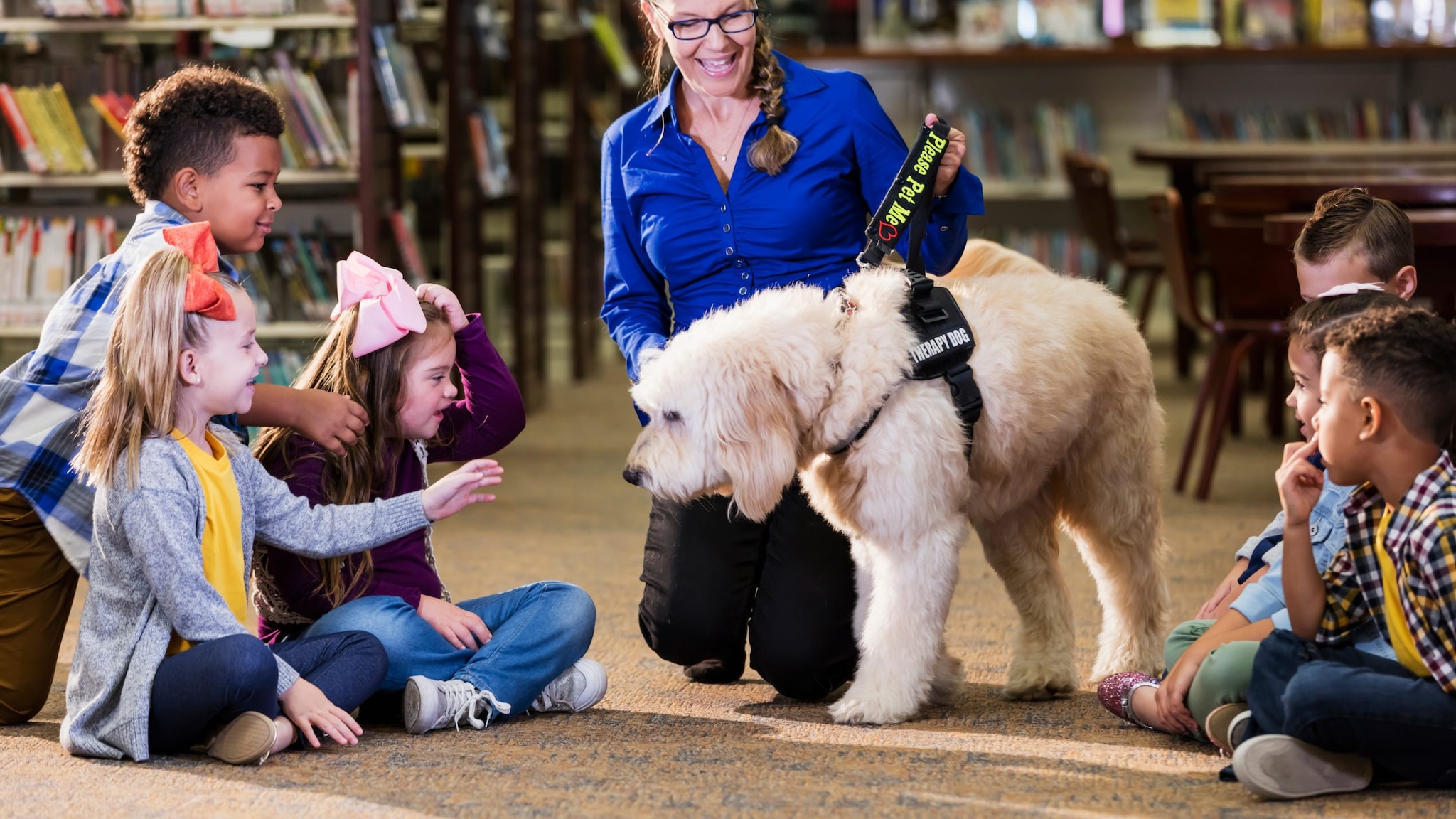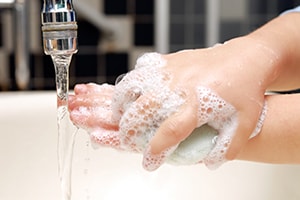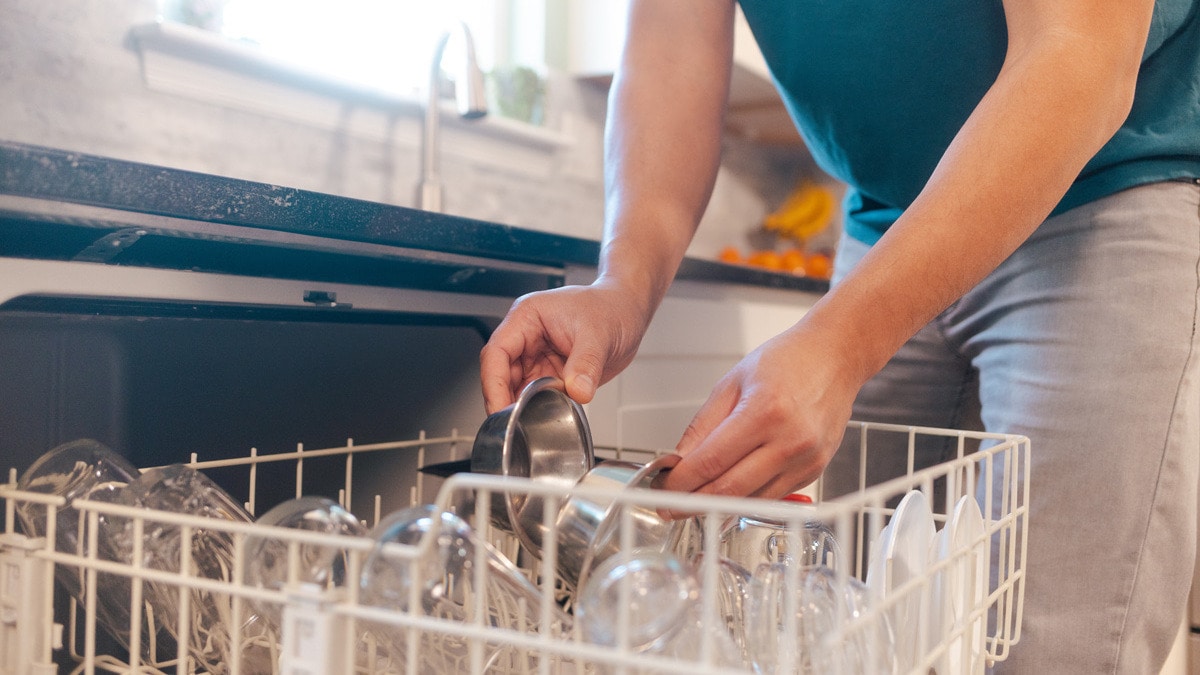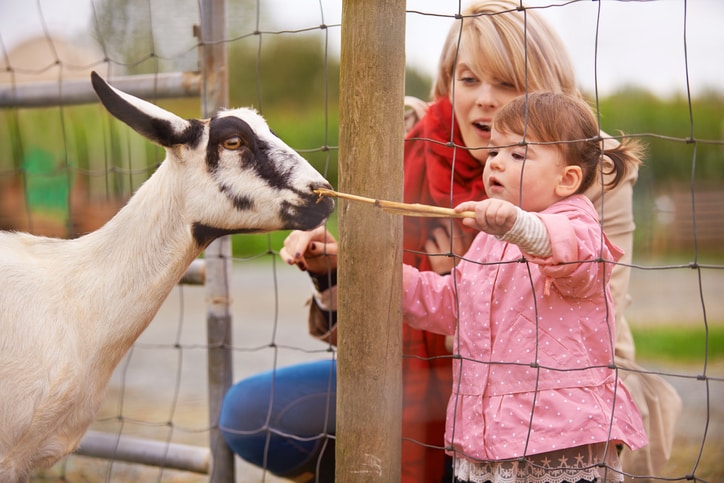What to know
- Reptiles, amphibians, poultry, rodents, and ferrets aren't suitable for settings with children under 5 years old.
- Adults should always supervise children's interactions with animals.
- Create specific areas for animal interactions and do not allow animals to roam freely.

Overview
Animals can be entertaining and educational. However, children, especially those under 5 years old, are more likely to get sick from germs animals can sometimes carry. Be aware of the risks and how to prevent illness if you plan to have an animal in your classroom. This includes class pets and animals used for hands-on learning experiences.
Even animals that look clean and healthy can carry germs. You don't have to touch an animal to get sick. The germs can spread to cages, bedding, and wherever animals roam.
There have been disease outbreaks from hatching eggs and chicks in the classroom. Using contaminated animal products for hands-on learning, such as owl pellets for dissection have also caused diseases to spread. Salmonella and E. coli are common germs spread by animals.
You can help kids enjoy and learn from animals while staying healthy.
Keep certain animals out of the classroom
- Reptiles, amphibians, poultry, rodents, and ferrets aren't suitable for settings with children under 5 years old.
- Nonhuman primates, such as monkeys and apes
- Wild animals
- Stray animals and aggressive or unpredictable animals
- Venomous or toxin-producing spiders, insects, and reptiles. Frogs, snakes, lizards, and other amphibians also may be venomous.
Prevent germs from spreading
Supervise children
Always supervise children's contact with animals. Never allow children to put their hands or objects in their mouth while around animals.
Dedicate space
Create specific areas for interaction with animals. Do not allow animals to roam freely around the classroom. This is especially important in areas where food or drink is prepared, served, or eaten.
Do not dissect animals or other animal products where food for people is prepared, served, or eaten.
Clean and disinfect
Clean and disinfect all areas where animals have been. Do not clean tanks, feeders, water containers, and other equipment in sinks or areas where food is prepared, served, or eaten.
Thoroughly clean and disinfect surfaces used for dissection.
Special considerations
Consult with parents to determine special considerations for children who have allergies, asthma, or other illnesses.
Handwashing

Students should wash their hands with water and soap right after handling animals, their food, or items in their habitats.
Adults, including teachers, should always supervise handwashing for young children. Children can use hand sanitizer if running water and soap are not available. If only using hand sanitizer, make sure children wash their hands with soap and water as soon as possible.
Ensure animals are healthy
Make sure all animals have appropriate and regular veterinary care. This includes proof of rabies vaccination for dogs and cats, according to local or state requirements.
Animals from different states or countries
If the animal comes from a different state or country, it may need a veterinarian-issued health certificate. This will allow the animal to travel across state lines or to enter the United States. Check local regulations, as well as school policies, before bringing animals into schools.
If an animal becomes sick or dies
Contact your veterinarian if the animal becomes sick or dies. Take extra precaution when handling a sick animal. A sick or stressed animal is more likely be shedding harmful germs that can make people sick. They are also more likely to bite which can cause injury or spread germs.
- Inform the pet store or breeder about the animal's illness or death as soon as possible.
- Consider waiting before purchasing another pet from the same source.
- Clean and disinfect the cage before reusing with another animal.
If the animal bites someone
Wash the wound with warm soapy water immediately if the animal bites someone.
Seek medical attention if:
- You don't know if the animal has been vaccinated against rabies.
- The wound is serious.
- The wound becomes red, painful, warm or swollen.
- It has been more than 5 years since the person's last tetanus shot.
Resources
CDC resources
About Cleaning and Disinfecting Pet Supplies
Resources for Animal Exhibitors
Outbreaks Linked to Animals and Animal Products




